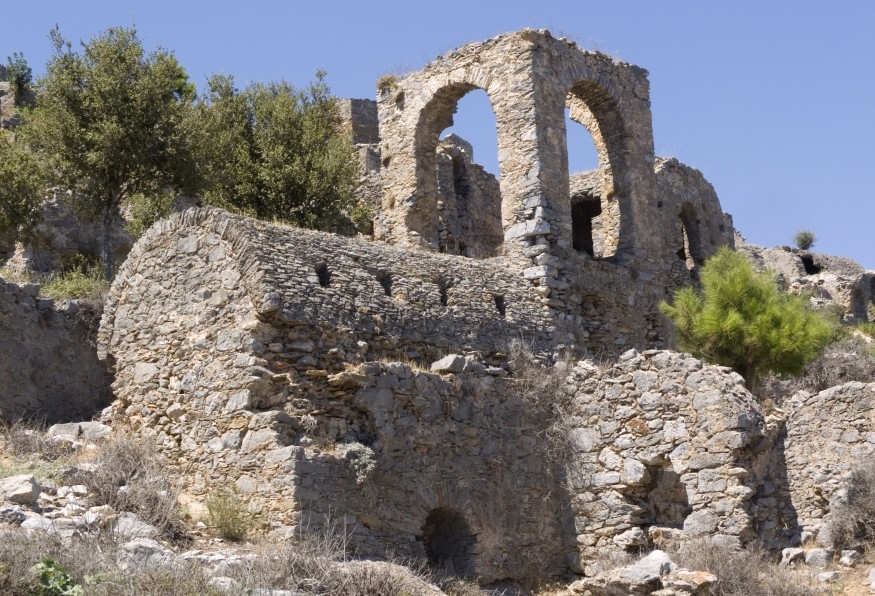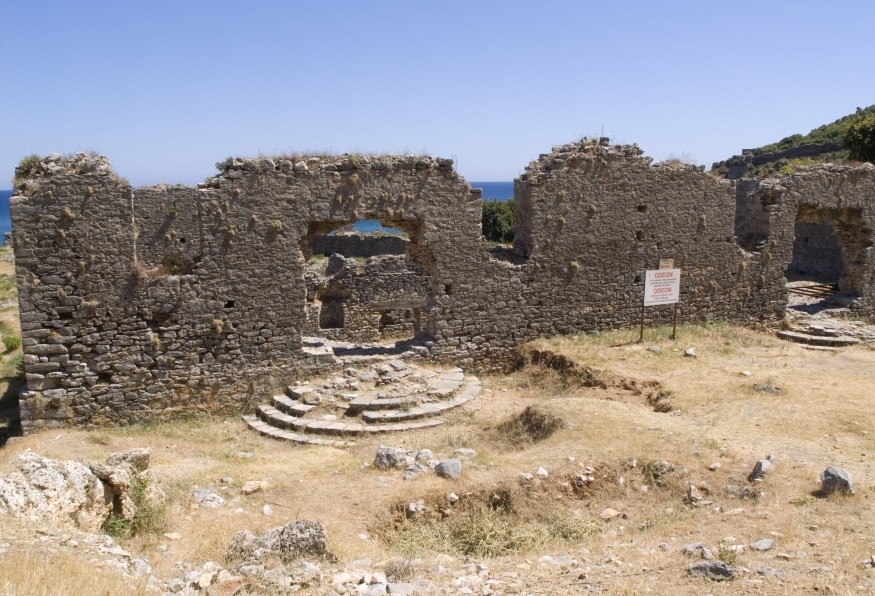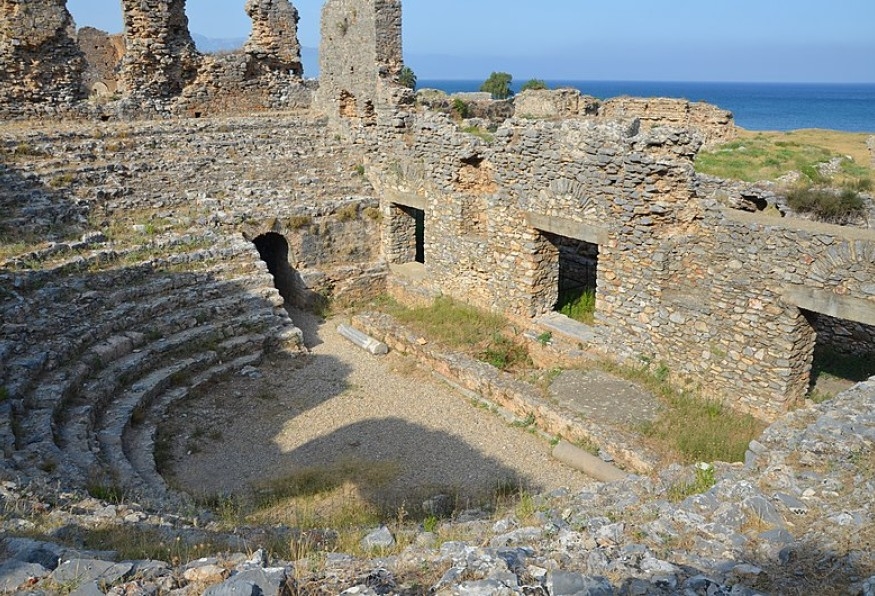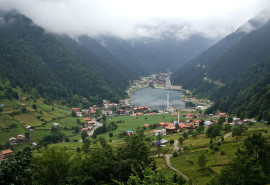Anamorium Ancient City
ancient-cityAnamorium, which was founded in the fourth century BC, served as a crucial political and economic center for Anatolia and Cilicia during the Roman era. The name Anamorium means "Windy Nose," and the city was under the rule of King Antiochus of Commagene until 72 AD, and then the Roman Empire until 382 AD. The city saw intense construction during the first half of the 3rd century AD, including theaters, basilicas, baths, aqueducts, and hundreds of graves. Unfortunately, the city faced unrest and had to build new defensive walls during the Parthian occupation in 260 AD. The city expanded during the Byzantine era, adding floor mosaics to numerous structures. After a devastating earthquake in 580 AD, most of the structures were severely damaged. The Anamorium Ruins are a significant archaeological site and one of the most important in Turkey and the Mediterranean region, with a history spanning almost 700 years.




-thumb.jpg)

